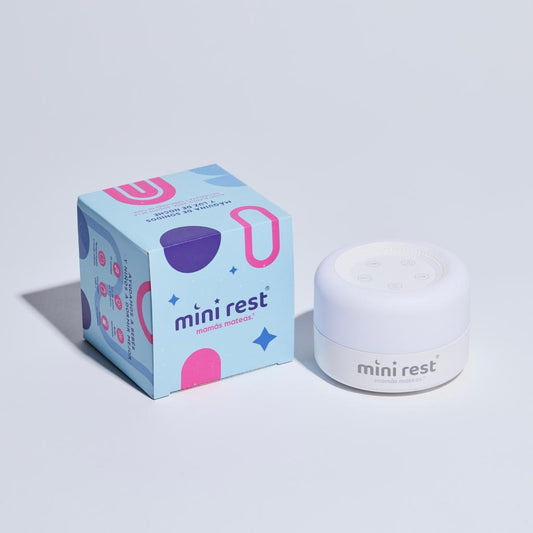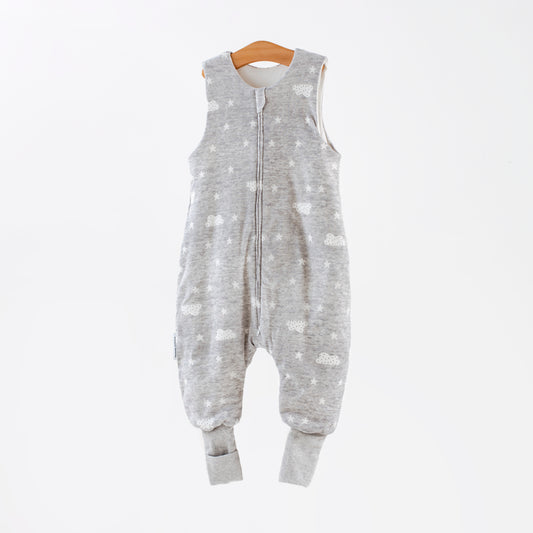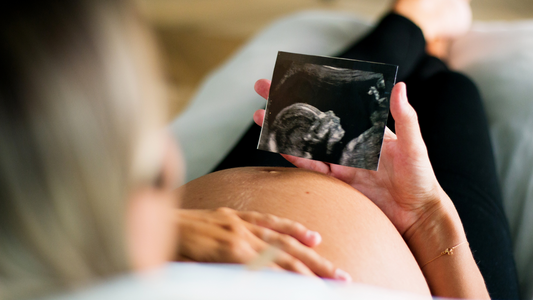7 Tips for Coping When Your Baby Has Separation Anxiety
Constant crying when you leave your baby for a second can be a sign that he or she is experiencing “separation anxiety.” This is a very normal milestone in your little one’s development and, fortunately, it is temporary. In most cases, it appears around 6 months, just when he or she begins to understand that objects and people exist, even when he or she cannot see them.
What is separation anxiety?
It's a developmental milestone that usually first occurs between six and eight months of age . At this age, your baby gains a sense of object permanence. This means that your little one becomes aware that objects and people exist, even if they're not in the room or near him.
Separation anxiety is a direct result of this important new skill . So when you are away from your baby, not knowing how long you will be gone is what affects their sense of security and makes them feel vulnerable.
When is separation anxiety most common and how long does it last ?
This milestone usually lasts between two and three weeks . It is very normal for it to appear between six months and four years . Depending on the child, there may be ups and downs during this period of life.
Separation anxiety usually lessens or goes away once your baby masters his new skill.
What are the signs of separation anxiety?
- Greater need for attachment .
- Crying when you leave a room.
- Resistance to being laid down.
- Increased nighttime awakenings .
- Anxiety around strangers or even family members. For example when grandma picks him up and cries.
What can be done about separation anxiety?
1. Play hide and seek :
This classic game can do wonders for separation anxiety, as can hiding a toy and then finding it. This type of activity helps your baby understand that things that disappear come back .
2. Don't leave without saying goodbye :
It's not a good idea to leave without your baby noticing . This can be very confusing for him and make him feel more vulnerable.
3. Create a farewell ritual :
Talking to your baby about what's going on can be very helpful, especially for older children. You can create a simple, clear routine to help your little one understand that even though you have to go out, you'll be back . For example:
- “You're going to give me three hugs when I put my coat on and that means goodbye mom.” And when you leave, you can say: “Remember that mom always comes back” or “dad always comes back.”
4. Spend more time with your baby:
Your little one will be more demanding during this period. Make sure you prioritize him/her while you can and spend more quality time together.
5. Take turns in your sleeping routine:
When the parent who normally sets the bedtime routine skips a night or two, your baby is likely to notice his absence and respond with tears if he is experiencing separation anxiety.
If possible, you can alternate bedtime with your partner or caregiver . You can also have both of you participate in the bedtime routine . This way, if one day one of you is not home, it won't be as hard on your baby.
6. Prepare in advance :
If you are transitioning your baby into his or her own room or just moving into a new home or routine, such as starting kindergarten, it can be helpful to prepare ahead of time so there are no surprises when the time comes for the transition .
7. Keep calm :
Last but not least, try to stay calm. Remember that babies feel very easily what is happening to us and can read our faces and emotions.
Although separation anxiety is a sign that your baby is growing up and is very normal, it can cause stress for some parents. So recognizing its signs and knowing what to do to cope with this stage can be very helpful . Remember that it is a developmental milestone and, therefore, it is something positive and temporary.








